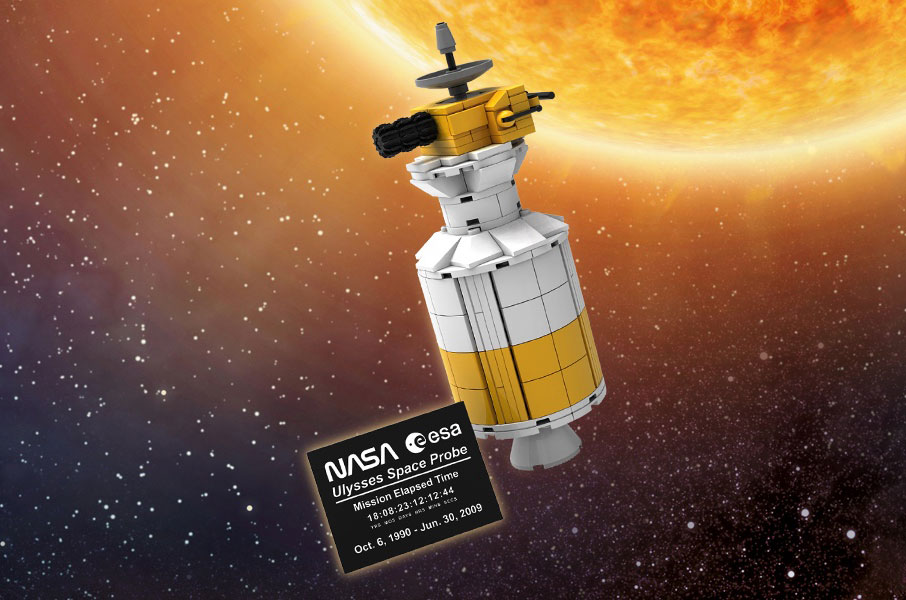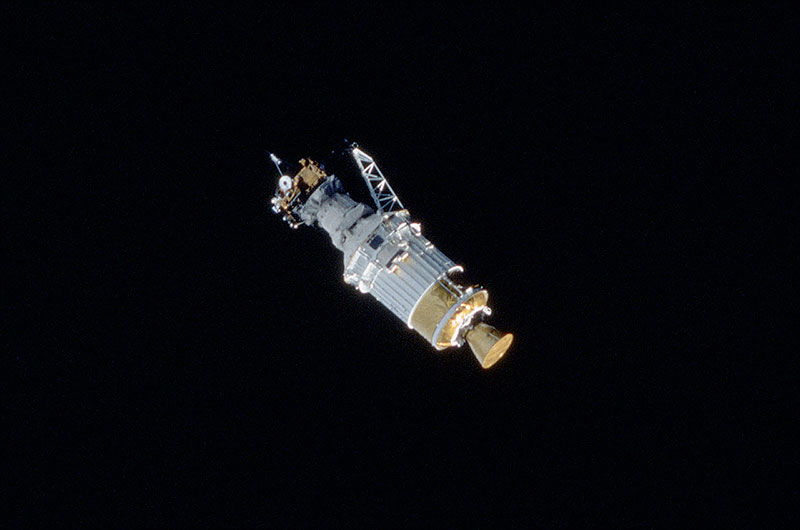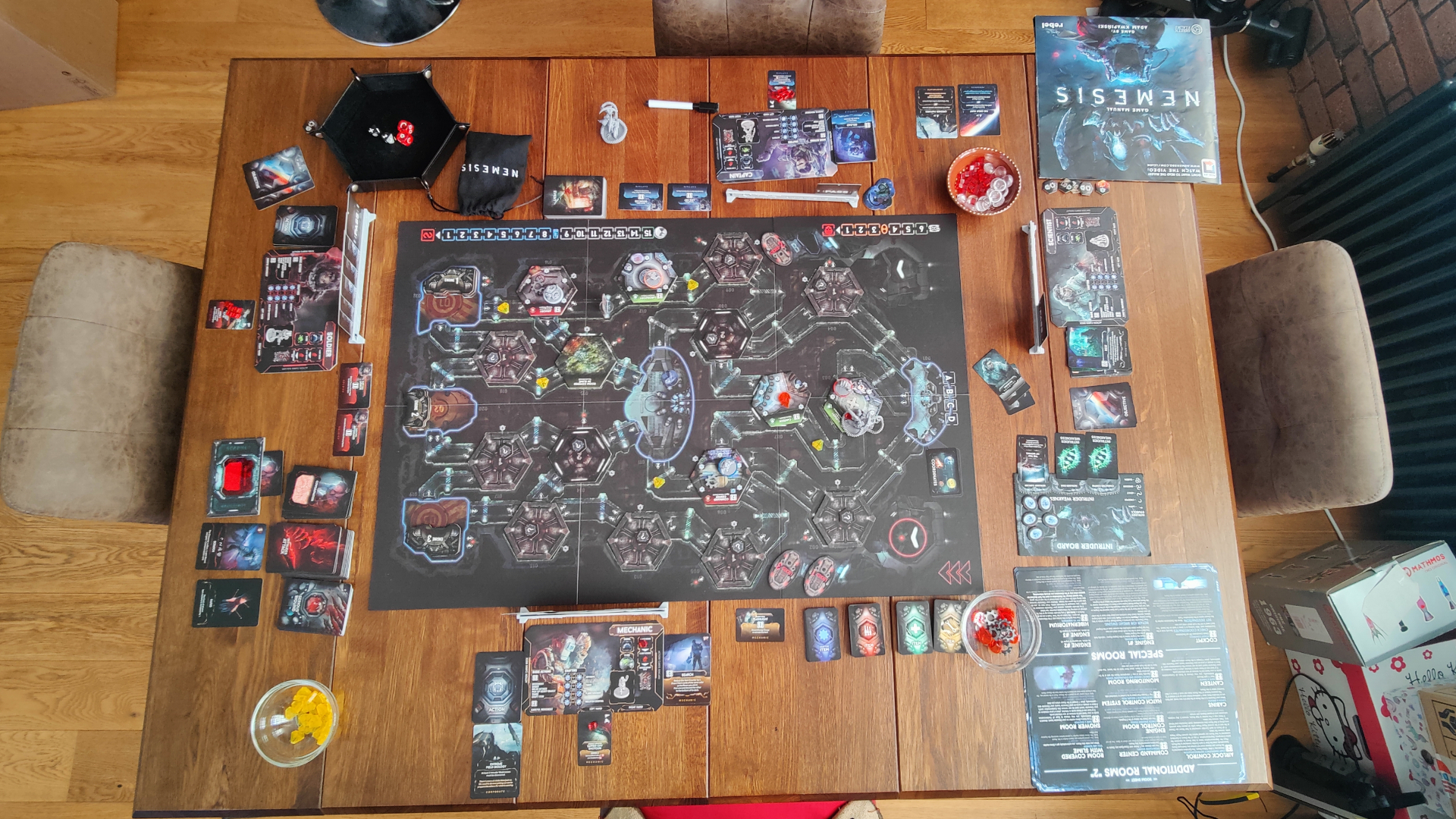Lego launching NASA/ESA Ulysses solar probe as VIP reward set
The set comes out on Wednesday (April 14).

Lego has a new mission for its recently released space shuttle Discovery, and you can get it for free — if you are a VIP.
The toy company is set to launch a brick-built model of NASA and the European Space Agency's (ESA) Ulysses solar probe on Wednesday (April 14), available to members of its customer loyalty program.
"Redeem 1,800 VIP points now for this NASA-inspired space collectible," Lego teased on its VIP website on Tuesday.
Related: The greatest missions to the sun

The Ulysses set will be rolled out by region via Lego.com on Wednesday: 9 a.m. EDT in North America; 9 a.m. AEST in Australia and New Zealand; and in Europe, the Middle East and Africa, 9 a.m. CST and 10 a.m. CET, according to Lego on Twitter.
Based on a published photo of the assembled kit, the Lego Ulysses will include the solar probe, as well as the Inertial Upper Stage (IUS) and Payload Assist Module-S (PAM-S) that were attached to the sun-bound spacecraft when it was deployed from the space shuttle Discovery and were used to boost it out of Earth orbit toward Jupiter for a gravity-assist to circle the sun.
Originally scheduled for release with the NASA Space Shuttle Discovery set that went on sale on April 1, Lego delayed the Ulysses probe reward due to an unstated issue. If designed to the same scale as the 1:70th orbiter, the Ulysses should be able to fit into Discovery's payload bay, offering a second "mission" for the orbiter after the Hubble Space Telescope included with the Discovery set.
Breaking space news, the latest updates on rocket launches, skywatching events and more!
The real Ulysses probe, which studied the sun from 1994 to 2009, was also late to launch. Originally targeted for 1983, a number of delays, including the loss of the space shuttle Challenger in 1986, resulted in the spacecraft not leaving Earth until Oct. 6, 1990.
Lifting off with the STS-41 crew on board Discovery, the Ulysses probe was deployed from the shuttle's payload bay six hours into the four-day mission. The boost provided by the IUS and PAM-S accelerated Ulysses to about 10 miles per second (15.4 kilometers per second), making it the fastest human-made object launched from Earth until the Pluto-bound New Horizons probe in January 2006.
The first mission to survey the space environment above and below the poles of the sun, the Ulysses probe was a joint project by NASA and ESA. Over the course of its observations, the probe collected data showing that the solar wind weakens over time, that the sun's magnetic field reverses direction every 11 years and that the solar magnetic field at the poles is weaker than previously known.
During its extended mission, Ulysses also encountered three comets and passed through their tails.
Contact with the Ulysses probe was lost on June 30, 2009, after the spacecraft had operated for more than four times its design life. The total mission elapsed time — 18 years, 8 months, 23 days, 12 hours, 12 minutes and 44 seconds — is noted on a small display plaque included with the Lego Ulysses set in the same style as those for the Hubble and shuttle that come with the Discovery set.
Follow collectSPACE.com on Facebook and on Twitter at @collectSPACE. Copyright 2021 collectSPACE.com. All rights reserved.

Robert Pearlman is a space historian, journalist and the founder and editor of collectSPACE.com, a daily news publication and community devoted to space history with a particular focus on how and where space exploration intersects with pop culture. Pearlman is also a contributing writer for Space.com and co-author of "Space Stations: The Art, Science, and Reality of Working in Space” published by Smithsonian Books in 2018.
In 2009, he was inducted into the U.S. Space Camp Hall of Fame in Huntsville, Alabama. In 2021, he was honored by the American Astronautical Society with the Ordway Award for Sustained Excellence in Spaceflight History. In 2023, the National Space Club Florida Committee recognized Pearlman with the Kolcum News and Communications Award for excellence in telling the space story along the Space Coast and throughout the world.

